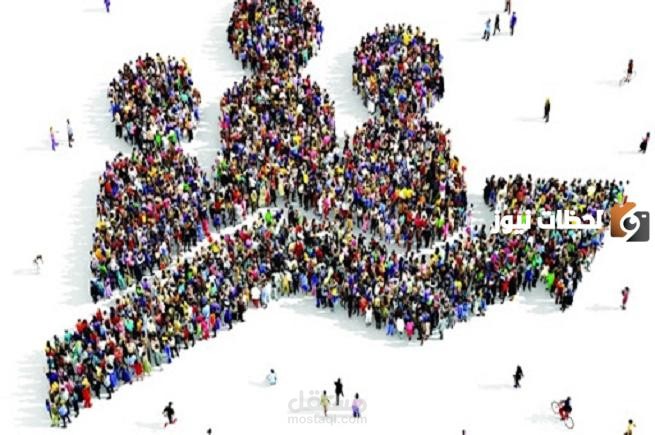An article on population density
تفاصيل العمل
Population density refers to the number of people living in a given area, usually measured per square mile or square kilometer. It is an important metric that can provide insights into various aspects of a region's demographics, infrastructure, and quality of life.
High population density can be both a blessing and a curse. On one hand, it often indicates economic prosperity and cultural vibrancy. Cities with high population densities tend to have more job opportunities, cultural amenities, and public services, making them attractive places to live and work. In addition, the concentration of people in a small area can lead to greater social interaction and exchange of ideas, fostering innovation and creativity.
However, high population density can also bring about challenges. Overcrowding can put a strain on infrastructure, leading to traffic congestion, crowded public transportation, and insufficient housing. In densely populated areas, competition for resources such as water, food, and energy can also be a concern. Moreover, high population density can increase the risk of the spread of infectious diseases, as demonstrated by the current COVID-19 pandemic.
On the other hand, low population density can also have its own set of advantages and disadvantages. While sparsely populated areas may offer more space, privacy, and access to nature, they may lack amenities and services that are readily available in urban areas. Moreover, low population density can lead to social isolation and limited economic opportunities, especially in rural areas.
Population density is not uniform across regions and can vary significantly within a country. For example, urban areas tend to have higher population densities than rural areas, as people are concentrated in cities and towns. In some cases, population density can also be influenced by geographic factors such as topography, climate, and natural resources.
Governments and city planners often use population density as a key factor in urban planning and resource allocation. By understanding the distribution of population within a region, policymakers can make informed decisions about where to invest in infrastructure, housing, and public services. They can also use population density as a basis for zoning regulations, transportation planning, and emergency preparedness.
In conclusion, population density is a crucial metric that can provide valuable insights into the dynamics of human settlement and development. By examining population density, we can better understand the challenges and opportunities that come with living in crowded or sparsely populated areas. It is important for policymakers to consider population density when planning for the future growth and sustainability of a region.
